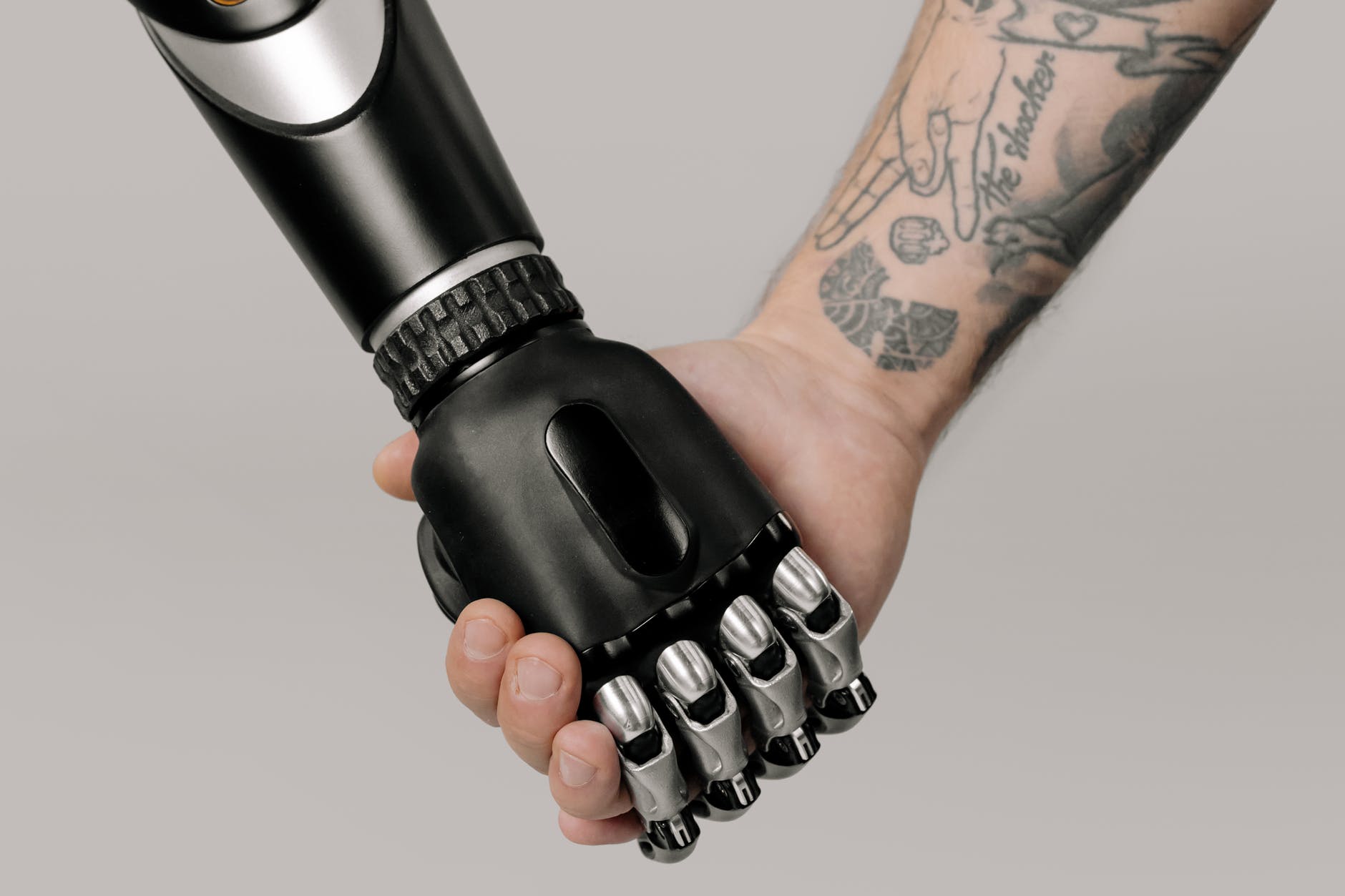Robotic Arms Finding Space-Age & Mainstream Industry Applications
Long the preserve only of science fiction films or TV series such as Terminator 2 or The Six Million Dollar Man, the robotic arm is now entering main-stream industry applications as artificial intelligence (AI) technology matures and drives the market, expected to reach $65.282 billion by 2028, at a compound annual growth rate (CAGR) of 13.6% for the forecast period of 2021 to 2028.
Blue Origin, SpaceX, Virgin Galactic driving demand
The space exploration sector is one area focusing robotic arm applications as pioneering technology companies such as Jeff Bezo’s Blue Origin, Richard Branson’s Virgin Galactic, and Elon Musk’s SpaceX drive the demand for these useful tools.
The International Space Station (ISS) has numerous Canadian and Japanese space agencies servicing robotic arms for various uses, such as moving astronauts and modules from one side of the station to another. Now, the European Robotic Arm (ERA) has arrived at the ISS where it will be commissioned to install a large radiator to help cool the station and set up the airlock for Nauka—a multipurpose laboratory module.
Robotic arms perform similar functions as their human progenitors but can function with much greater efficiency controlled via computers. Designed to be stronger than a human arm, they can perform repetitive tasks and those involving heavy lifting much more safely and with great precision.
Data Bridge Market Research reveals that rising demand in AI and machine learning are also stimulating the growth in the demand for robotic arms. Additional research and development expenditure is boosting proficiencies in the technology and is also expected to further growth opportunities for the market, while a rising demand for automation in a wide variety of industries will further propel growth in demand.
China and India have emerged as leading contributors
Research reveals that the Asia-Pacific region dominates the market in terms of market share, market revenue, and production volume, and will hold the lion’s share of the market owing to its overall low cost of production. What’s more, taxation policies and other support by Asia-Pacific governments encourage research and development proficiencies; China and India have emerged as leading contributors.
The new ISS robotic arm can function as a type of “inchworm”, moving hand-over-hand. It’s the first robotic arm controllable from either inside or outside the station and allows astronauts to move up to 8000 kg within 5 mm of a desired location. It is made of carbon fibre and aluminium, tough enough to handle the demands of outer space and withstand the impact of debris or “space junk” that have damaged other arms.
The project took 14 years, 22 companies, and contributors from seven European countries to complete. ESA Director of Human and Robotic Exploration, David Parker, said in a media statement: “Moving around the Russian parts of the station, the European Robotic Arm will bring more freedom, more flexibility and more skills to space operations.”
Another project—originating in Hong Kong and dubbed the JetMax Robotic Arm by Hiwonder Technology—has raised nearly triple the original funding goal sought via a KickStarter campaign. While most robotic arms are programmed with colour recognition and tracking commands, JetMax is positioned as a “true AI product” equipped with a high definition (HD) wide-angle camera and deep learning ability.
The JetMax robotic arm can perform real-time object recognition, autonomous sorting, and face recognition with high levels of efficiency and flexibility. It is being offered as an open-source system, which means that anyone can utilise the base technology without having to pay for any intellectual property and can augment and customise the technology at will. Users can, for example, insert different sensors into JetMax, modify it with a slide rail or vehicle chassis, or otherwise add multiple end-of-arm tools.

